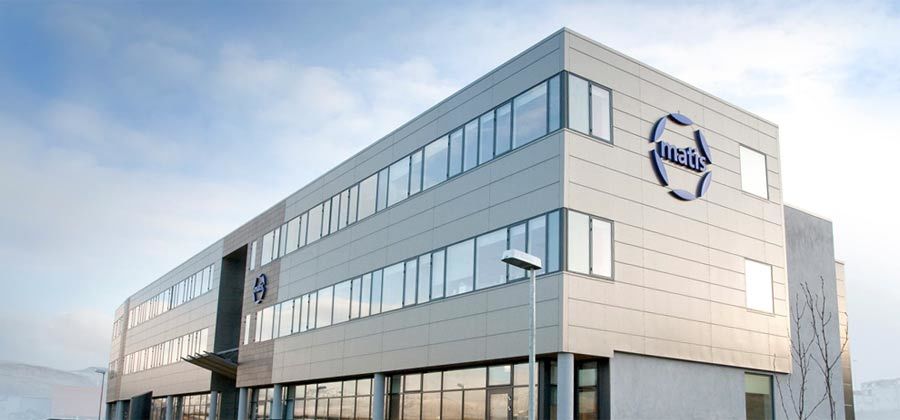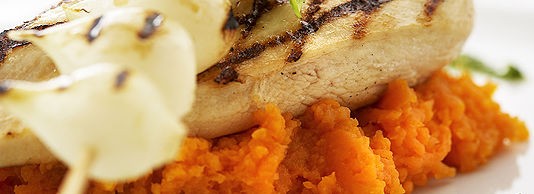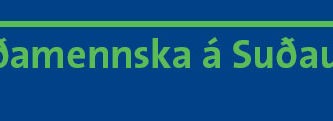Dried fish is a very healthy food, light, nutritious and rich in protein, according to a new study by Matís on dried fish as a healthy food. It turns out that dried fish is a rich protein source with 80-85% protein content.
Dried fish is always made from new and fresh ingredients and is almost exclusively caught on line, so it is ensured that it suffers as little damage as possible on the way to land. Such a fishing method meets the best conditions for environmentally friendly fishing.
Dried fish, made from catfish, haddock, cod, blue whiting and halibut, has long been one of the main foods of Icelanders. The drying stored nutrients well and made it possible to store and have them on offer all year round when food supply fluctuated according to the season. In recent times, it has been a tradition to eat dried fish in the dry season. It has also been consumed as a snack in homes and as a packed lunch during summer holidays. Total production and sales have been around 200-250 tons per year.

It has become increasingly clear that fish protein is important in terms of hygiene. For example, fresh haddock has a 17-19% protein content, while haddock dried fish has a 75-80% protein content. It is estimated that a healthy adult needs 0.75 g of protein per kg of body weight. Therefore, a man weighing 70 kg needs 53 g of protein per day. To get this amount from dried fish, he needs to eat over 66 g. A woman weighing 55 kg needs 41 g of protein a day, or 51 g of dried fish.
Dried fish is therefore suitable for those who seek to get additional protein from their diet, such as for people who do mountaineering or sports and fitness. Furthermore, it has been found that the salt content is somewhat higher in dried fish that is dried indoors than fish that is dried outdoors. However, the salt content of the product can be controlled and it is therefore easy to control such use. Trace elements (elements) are well within the recommended daily allowance, except selenium. The amount of selenium in 100 g is three times the recommended daily dose but is not considered harmful in any way.
Therefore, Matís' research shows that dried fish fulfills all the conditions as a good protein source.
You can view the chemical content of dried fish in ÍSGEM (Icelandic database on the chemical content of food) here.
The project is funded by the AVS Fisheries Research Fund.
Matís report on dried fish (Research results).














